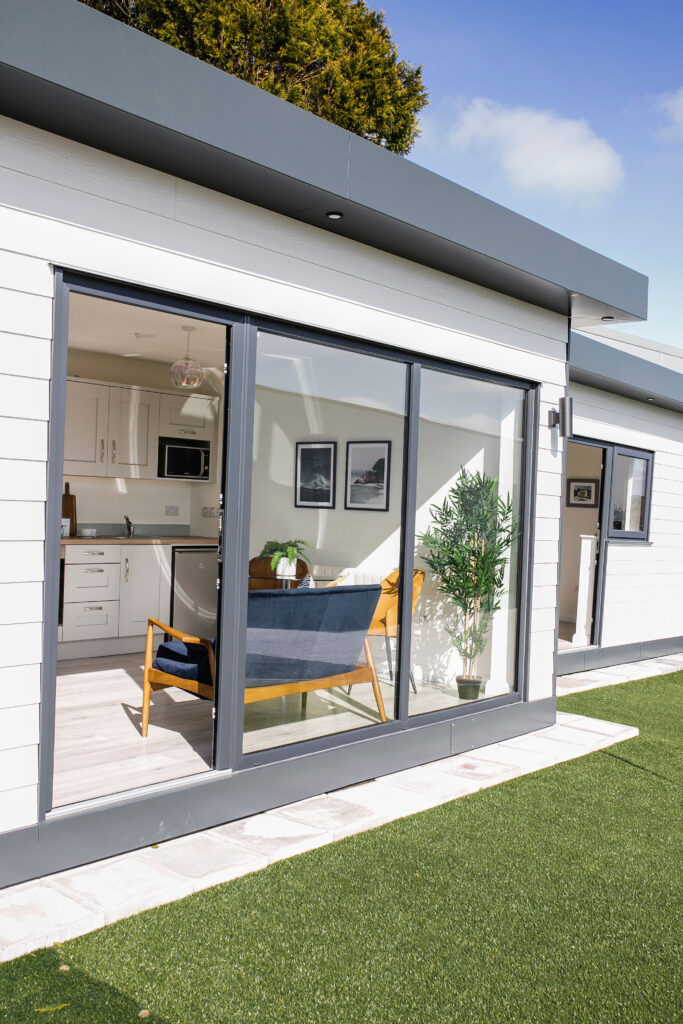
Many have the dated notion of “prefabs” when the topic of modular building arises. This is definitely not the case. Modular building is fast becoming one of the most innovative building methods while proving itself limitless in its utilisation. It’s many appealing attributes have secured its prominence in today’s construction industry.
So what exactly makes it different to the conventional method of building?
Modular construction is a method of building that involves prefabricated structures offsite and then delivering and installing the unit either in modules or in a fully completed state. Units are constructed in controlled conditions, usually in large-scale factory settings and are produced to the same building standards as conventional buildings.
Modular building can accelerate construction time by as much as 50% compared to conventional construction. One reason for this is the site works can take place while the unit is being constructed, rather than having to wait until after the excavation, utility, and foundation work is completed.
Modular units are fully-fitted with all electrics, plumbing, heating and internal finishes before they reach the site. That’s why modular construction is such a fast method to achieve your project goals. Modular buildings give you both speed and quality. They ca can be used for creating homes, commercial spaces, leisure facilities, garden rooms, medical units etc. They can also be repurposed at a later stage, due to their moveable nature, which makes them very attractive to the end user.

Why choose this type of structure?
According to Construction Network Ireland (article link) modular structures are rising in popularity and it is easy to see why – they deliver all of the benefits of traditional construction at a lower cost and faster. Time sensitive projects are well suited to modular methods as planning permission can be sought and obtained in the same time the units are produced and ready for delivery. Convenience is another significant benefit when opting for modular construction methods as units are created offsite thus avoiding the disruption of onsite construction, avoiding any delays and keeping noise pollution to an absolute minimum. Modular construction works well for repeatable standard designs, such as a suite of modular homes. However, this can be a misconception as modular construction is increasing in usage for bespoke structures. Modular methods adopt the same design lifecycle as traditional building methods. The end user is presented with a set of architectural drawings ahead of the build for approval for instance, offering the same level of control over design and features. Modular construction is also one of the most sustainable building methods due to lack of material waste and their reusability, allowing users to re-purpose or sell on in the future. Firms are increasingly becoming more accountable for their decisions around sustainability and environmental impact, making modular construction an easy decision. Lastly, delivery. Consider a method of construction that allows you to adopt all the benefits of traditional building, yet the unit is constructed off site and delivered in a hassle-free manner and it is easy to see why you would opt for modular.



No responses yet